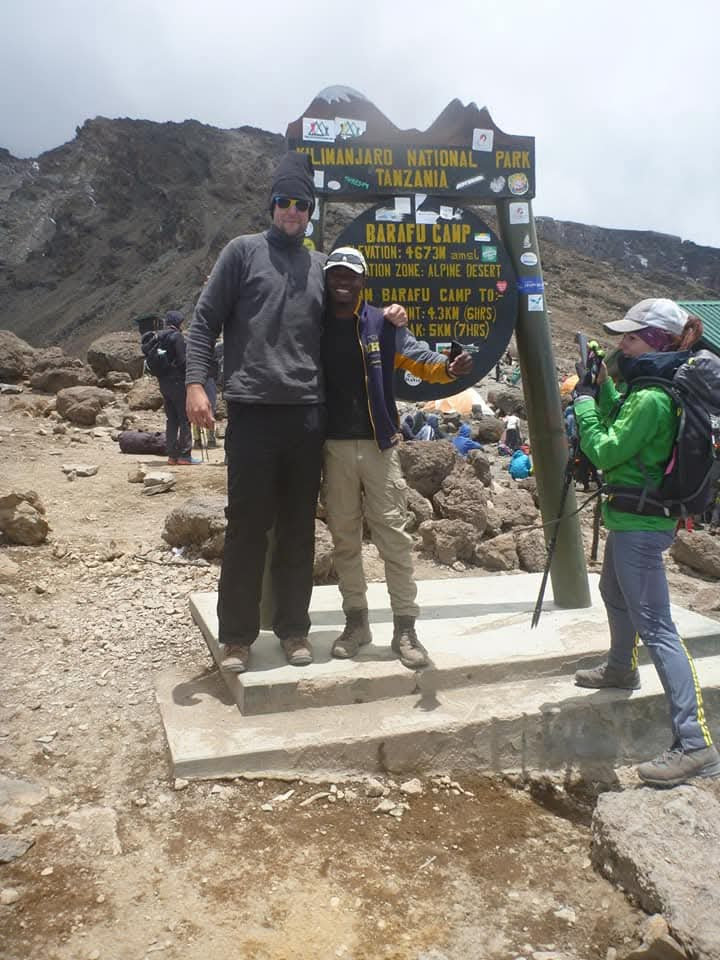
The Machame Route, also known as the “Whiskey Route,” is one of the most scenic and popular routes on Kilimanjaro. This 7-day itinerary provides excellent acclimatization and stunning views, making it ideal for adventurers seeking a challenging but rewarding climb.
7 Days
20
English
Upon arrival at Kilimanjaro International Airport, you will be transferred to your hotel in Moshi for a briefing with your guide. You will check your gear and rest before starting your trek the next day.
Drive to Machame Gate for registration before starting the trek through the dense rainforest. Arrive at Machame Camp for an overnight stay.
Ascend through moorland with scenic views of Shira Plateau and Mount Meru in the distance. Spend the night at Shira Camp.
Trek to Lava Tower for acclimatization before descending to Barranco Camp, famous for its breathtaking valley views.
Climb the Barranco Wall and trek through the alpine desert to Karanga Camp. This is a crucial acclimatization day.
A short but steep trek to Barafu Camp, the final base before the summit attempt. Rest early for the midnight push.
Begin the final ascent to Uhuru Peak at midnight, reaching the summit by sunrise. After celebrating your achievement, descend to Barafu Camp for a break before continuing to Mweka Camp.
Descend through the rainforest to Mweka Gate, where you will receive your summit certificate. Transfer back to Moshi for rest before departure.
The duration of the climb depends on the chosen route. Most climbers take between 5 to 9 days. Longer routes, such as Lemosho and Northern Circuit, offer better acclimatization and higher success rates, while shorter routes, like Marangu, can be more challenging due to rapid altitude gain.
No, Mount Kilimanjaro is a non-technical trek, meaning no ropes or climbing equipment are required. However, it is a physically demanding hike with high altitudes, so good physical fitness and mental endurance are essential for success.
The best months to climb Kilimanjaro are during the dry seasons: January to March and June to October. These periods offer stable weather, clear skies, and a better overall trekking experience. Climbing during the rainy seasons (April-May and November) is more challenging due to slippery trails and poor visibility.
The biggest challenge is altitude sickness due to the rapid ascent. Symptoms may include headaches, nausea, dizziness, and fatigue. Proper acclimatization, hydration, and a slow-paced climb ("pole pole" approach) help minimize risks. In severe cases, climbers must descend immediately for safety.
From $0.00
Looking for more info? Send a question to the tour agent to find out more.
Travel is my life. Since 1999, I have been traveling around the world nonstop. If you also love travel, you are in the right place!